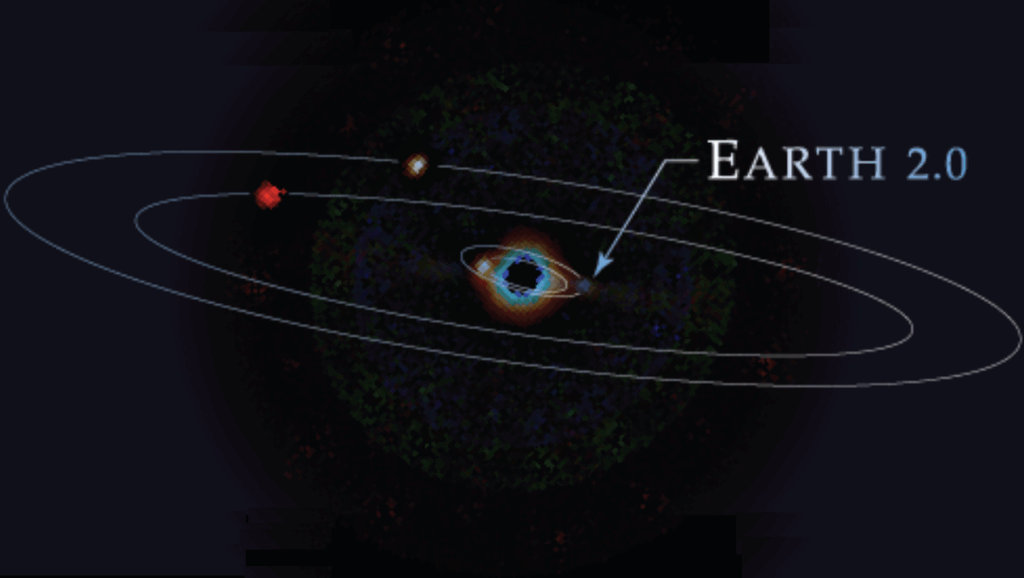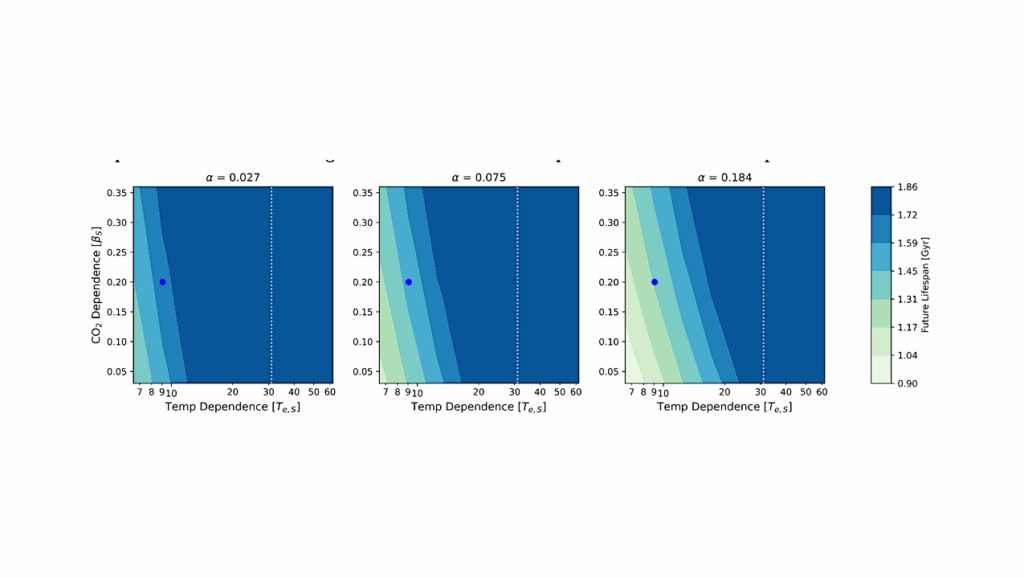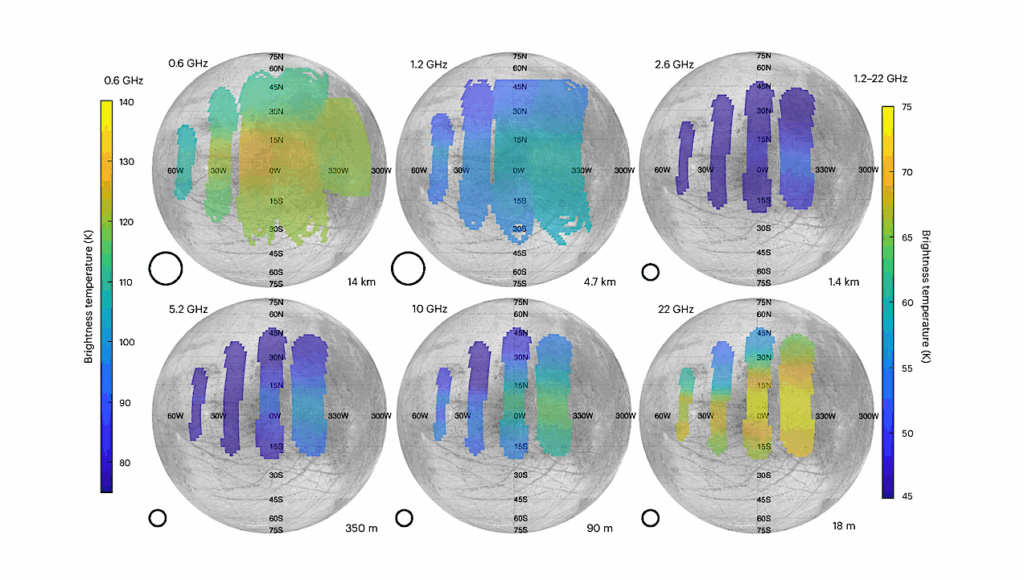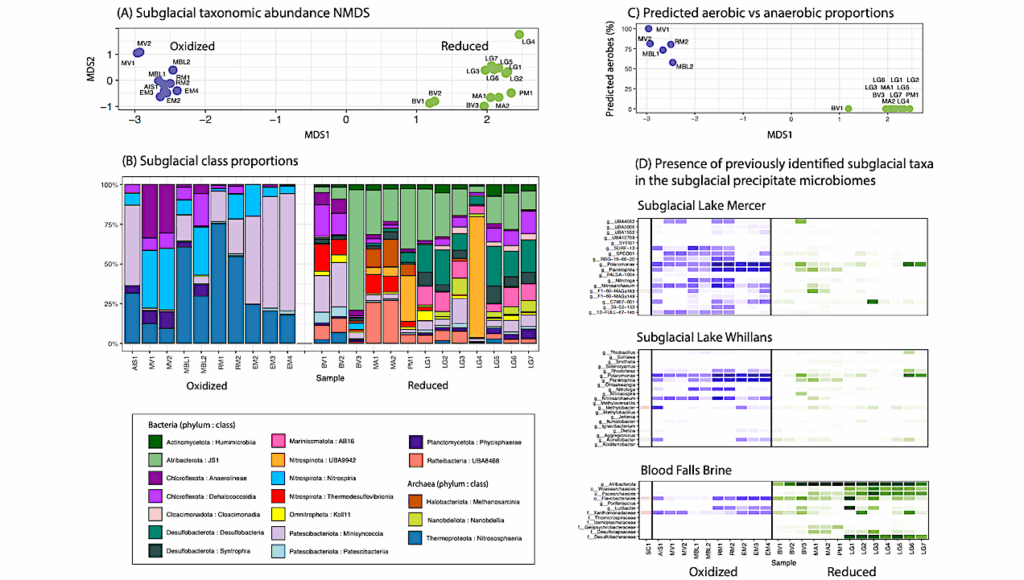Atmospheric Characterization of Terrestrial Exoplanets in the Mid-infared: Biosignatures, Habitability and Diversity

Exoplanet science is one of the most thriving fields of modern astrophysics.
A major goal is the atmospheric characterization of dozens of small, terrestrial exoplanets in order to search for signatures in their atmospheres that indicate biological activity, assess their ability to provide conditions for life as we know it, and investigate their expected atmospheric diversity.
None of the currently adopted projects or missions, from ground or in space, can address these goals. In this White Paper we argue that a large space-based mission designed to detect and investigate thermal emission spectra of terrestrial exoplanets in the MIR wavelength range provides unique scientific potential to address these goals and surpasses the capabilities of other approaches. While NASA might be focusing on large missions that aim to detect terrestrial planets in reflected light, ESA has the opportunity to take leadership and spearhead the development of a large MIR exoplanet mission within the scope of the “Voyage 2050” long-term plan establishing Europe at the forefront of exoplanet science for decades to come. Given the ambitious science goals of such a mission, additional international partners might be interested in participating and contributing to a roadmap that, in the long run, leads to a successful implementation. A new, dedicated development program funded by ESA to help reduce development and implementation cost and further push some of the required key technologies would be a first important step in this direction. Ultimately, a large MIR exoplanet imaging mission will be needed to help answer one of mankind’s most fundamental questions: “How unique is our Earth?”
Sascha P. Quanz, Olivier Absil, Daniel Angerhausen, Willy Benz, Xavier Bonfils, Jean-Philippe Berger, Matteo Brogi, Juan Cabrera, William C. Danchi, Denis Defrère, Ewine van Dishoeck, David Ehrenreich, Steve Ertel, Jonathan Fortney, Scott Gaudi, Julien Girard, Adrian Glauser, John Lee Grenfell, Michael Ireland, Markus Janson, Jens Kammerer, Daniel Kitzmann, Stefan Kraus, Oliver Krause, Lucas Labadie, Sylvestre Lacour, Tim Lichtenberg, Michael Line, Hendrik Linz, Jérôme Loicq, Bertrand Mennesson, Michael R. Meyer, Yamila Miguel, John Monnier, Mamadou N’Diaye, Enric Pallé, Didier Queloz, Heike Rauer, Ignasi Ribas, Sarah Rugheimer, Franck Selsis, Gene Serabyn, Ignas Snellen, Alessandro Sozzetti, Karl R. Stapelfeldt, Amaury Triaud, Stéphane Udry, Mark Wyatt
(Submitted on 4 Aug 2019)
Comments: Submitted to ESA in response to the Call for White Papers for the Voyage 2050 long-term plan in the ESA Science Programme
Subjects: Earth and Planetary Astrophysics (astro-ph.EP); Instrumentation and Methods for Astrophysics (astro-ph.IM); Solar and Stellar Astrophysics (astro-ph.SR)
Cite as: arXiv:1908.01316 [astro-ph.EP] (or arXiv:1908.01316v1 [astro-ph.EP] for this version)
Submission history
From: Sascha P. Quanz
[v1] Sun, 4 Aug 2019 10:58:14 UTC (8,105 KB)
https://arxiv.org/abs/1908.01316
Astrobiology








